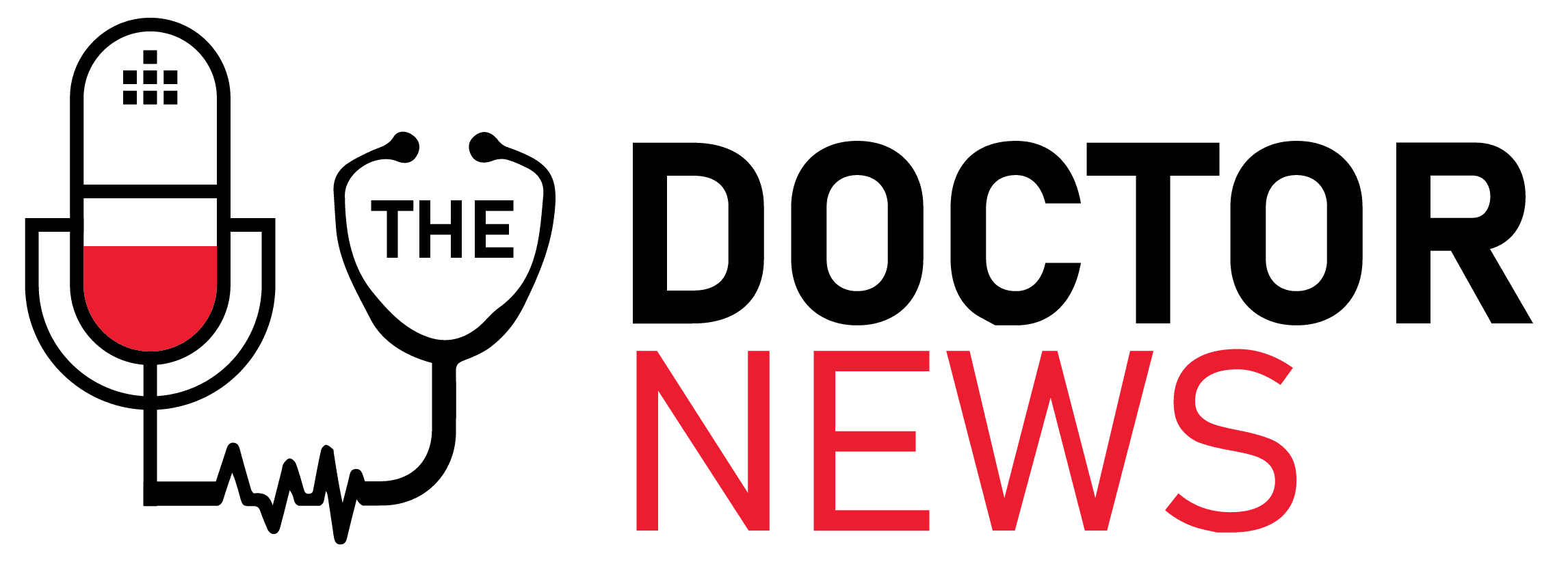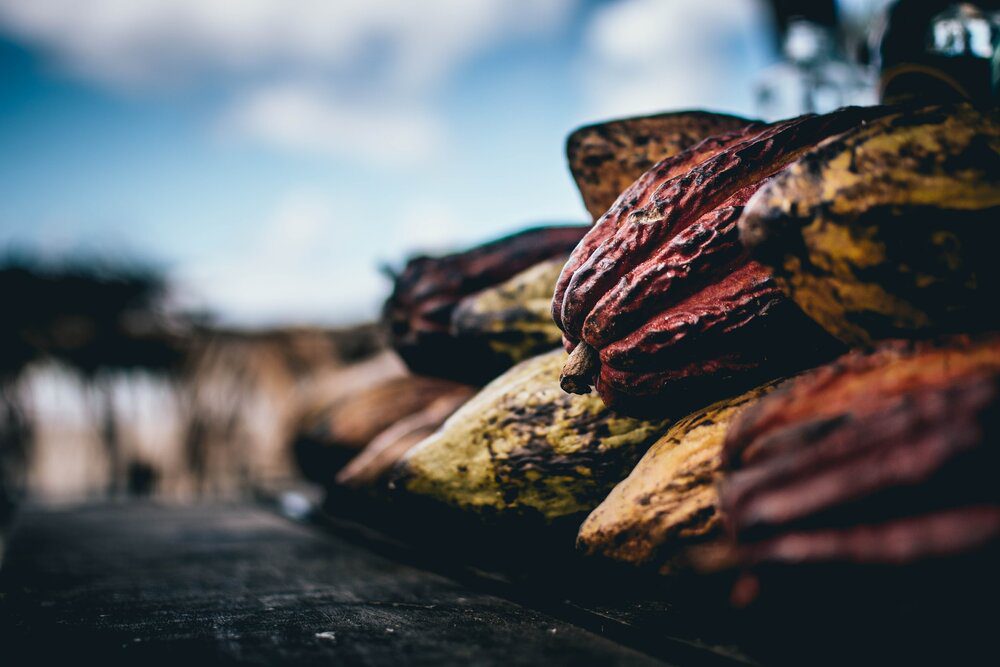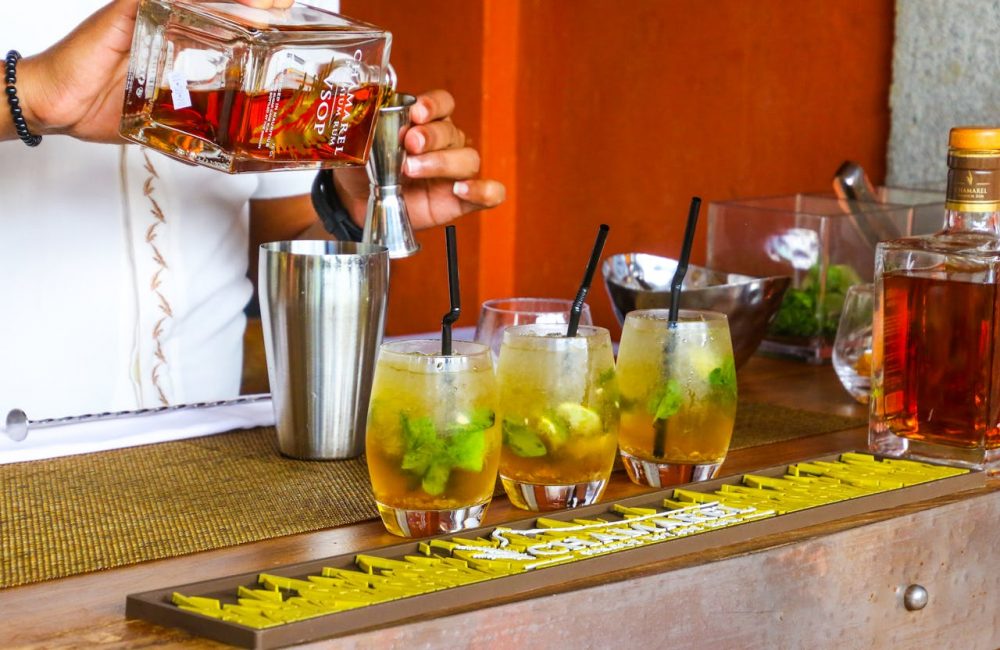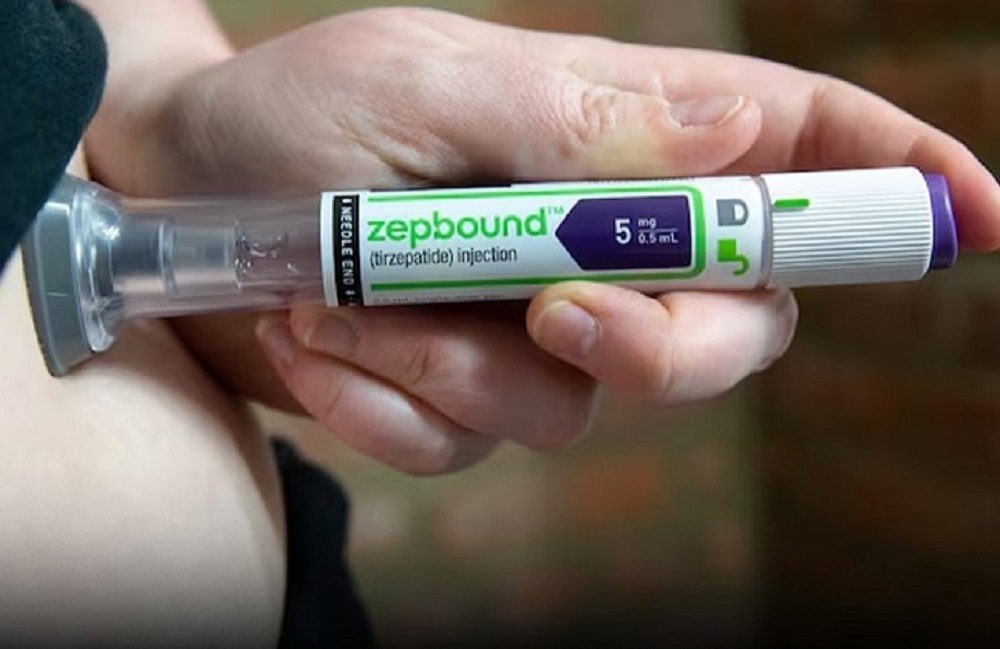Imagine a majestic mule deer buck, a symbol of wild America, succumbing to a mysterious illness in the heart of Yellowstone National Park. This wasn't a fictional scene from a horror movie; it was a grim reality in October 2020. The buck's death marked the first confirmed case of Chronic Wasting Disease (CWD) in this iconic park, raising serious concerns about this contagious and fatal illness. As scientists grapple with the implications, there's growing fear about the potential risks of zombie deer disease in humans.
Zombie Deer Disease in Humans?

Instagram | weirdhistoryeerietalespod | Unusual deer behavior in North America detected by observant hunters.
CWD, often nicknamed "zombie deer disease" due to the erratic behavior it induces in infected animals, is a prion disease. Prions are abnormal proteins that can wreak havoc on the brains and nervous systems of their hosts. Deer, elk, moose, caribou, and reindeer are all susceptible to CWD. The disease causes a slow decline, leaving animals listless, emaciated, and with a characteristic vacant stare. There is no cure or vaccine for CWD, and it's fatal.
For years, CWD has been spreading across North America, detected by hunters noticing unusual behavior in deer. Now, its arrival in Yellowstone, a national treasure teeming with wildlife diversity, serves as a stark wake-up call.
Why Yellowstone is Vulnerable
Yellowstone National Park boasts a complex ecosystem where hundreds of thousands of elk and deer roam freely. These animals serve as prey for bears, wolves, cougars, and other carnivores. The park's interconnectedness makes it a prime breeding ground for CWD to spread.
Dr. Thomas Roffe, a veterinarian and former wildlife health chief, emphasizes the ecological threat this "zombie deer disease" poses. He's been warning about the disease reaching Yellowstone for decades, urging stricter measures to slow its spread. Unfortunately, his warnings went unheard, leaving the park vulnerable.
The Long Shadow of "Mad Cow Disease" and the Fear of Spillover

6ixdriptv | Instagram | Scientists concerned about disease jumping species to infect humans.
The primary concern surrounding CWD isn't its impact on wildlife populations. Scientists worry about the possibility of a "spillover event" where the disease jumps the species barrier and infects humans. This isn't a baseless fear. Bovine Spongiform Encephalopathy (BSE), also known as "mad cow disease," is a prion disease that devastated cattle populations in the UK and raised public health concerns due to its potential transmission to humans.
While no documented cases of CWD transmission to humans exist yet, the possibility cannot be ignored. Dr. Cory Anderson, a researcher who studied CWD transmission pathways, highlights the urgency of preparedness: "We're dealing with a disease that's fatal, incurable, and contagious. There's no easy way to eradicate it."
Slowing the Spread and Protecting Our Wildlife
With hunting season in full swing, wildlife officials tell hunters to test harvested animals for CWD. Consuming meat from infected animals is a potential health risk. Estimates suggest thousands of people might have consumed contaminated meat, particularly in areas with voluntary testing. Wyoming, a state with a high prevalence of CWD, serves as a reference point for others. Since 1997, they've tested thousands of animal tissue samples, revealing a worrying upward trend in infection rates. The disease is now present in over 32 US states and three Canadian provinces.

dericklopezoutfitter | Instagram | Safeguarding the biodiversity of Yellowstone National Park and preserving the balance of our natural environments.
Yellowstone National Park is currently revising its strategy to manage CWD. Dr. Roffe emphasizes the importance of reducing animal density, as crowded environments accelerate the spread of the disease. He also criticizes the controversial practice of artificial wildlife feeding, which concentrates animals and facilitates transmission.
An unexpected ally in the fight against CWD might be nature's predators. Studies suggest that wolves, cougars, and bears can identify and target sick animals, removing them from the ecosystem. Yet, these natural controls are undermined by hunting practices that target these predators.
The Road Ahead
The discovery of CWD and due to its contagious nature, the potential of zombie deer disease in humans is worrisome. In Yellowstone, it is a sobering reminder of the delicate balance of our ecosystems. The future remains uncertain, but one thing is clear: we must act and to contain this insidious disease. Protecting Yellowstone's wildlife and ensuring the health of our ecosystems is not a local concern; it's a national responsibility.










